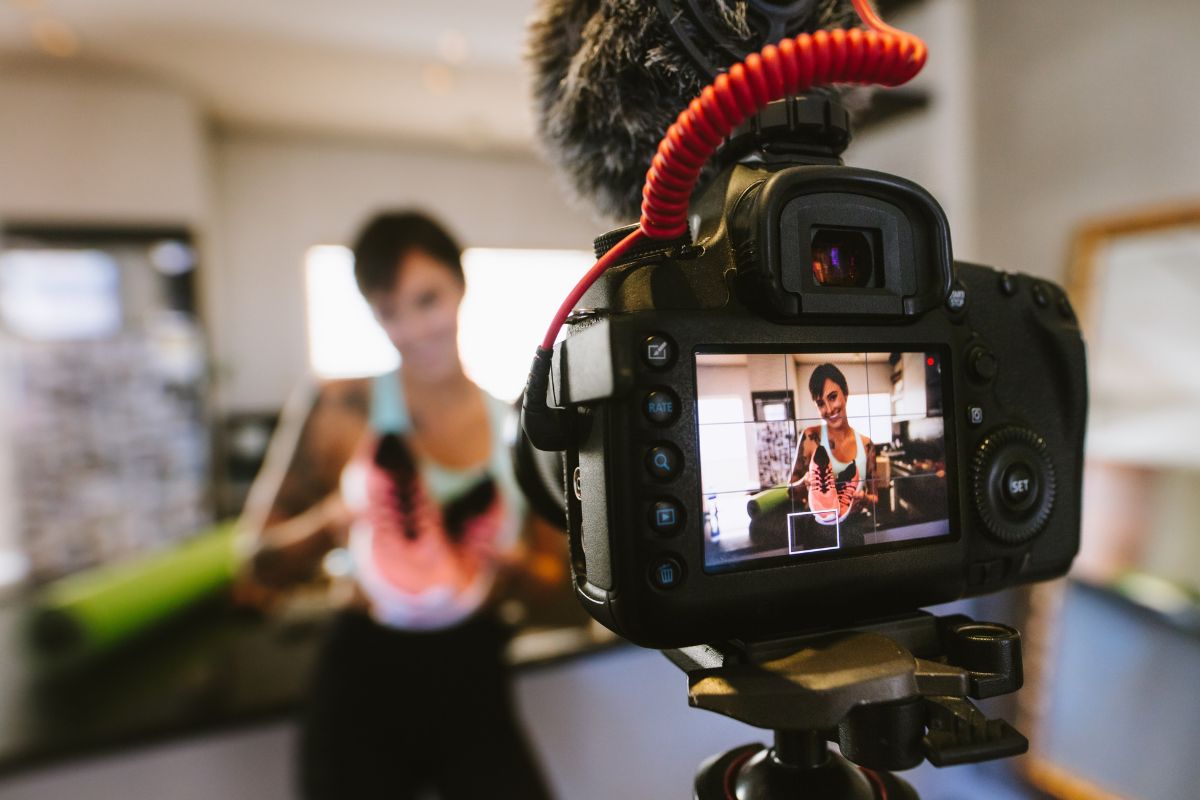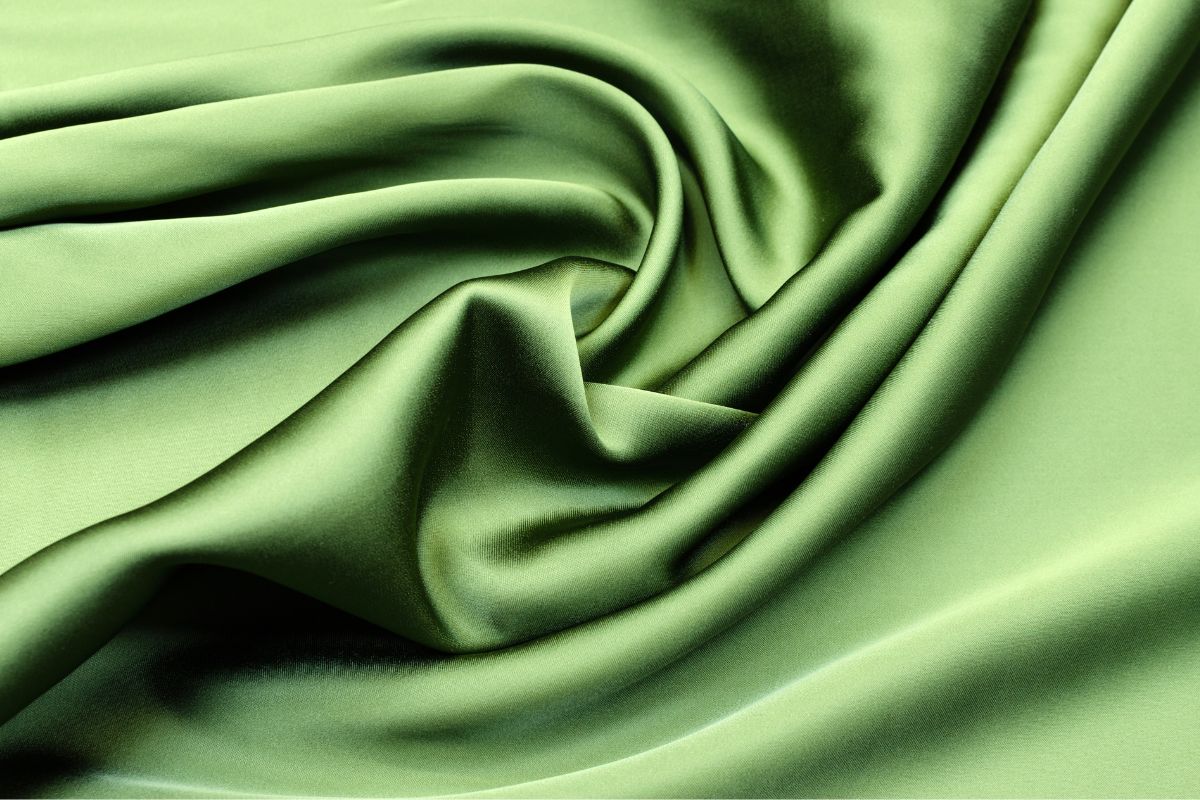The landscape of digital content has been transformed by platforms like YouTube, bringing with it a novel avenue for content creators to engage with audiences and monetize their presence. Known as YouTubers, these creators extend their brand beyond the screen by offering merchandise, or ‘merch’ as it’s commonly called, allowing fans to support their favourite channels in a tangible way. This merchandise ranges from apparel to accessories, each piece often adorned with unique designs and catchphrases that resonate with their viewer base.
As you explore the realm of YouTuber merch, you’ll discover that it’s not just a means for YouTubers to earn additional income. It’s also a way for fans to showcase their loyalty and to connect with the content and creator on a personal level. The proliferation of merch has led to an entire market segment that operates at the intersection of retail and digital content, underpinned by the personal brand that each YouTuber has crafted through their videos.
Understanding the significance of YouTuber merch requires a look at the symbiotic relationship between the creators and their communities. Each item of merchandise is a physical representation of the content you consume and enjoy, often serving as a conversation starter or a badge of your interests within the wider YouTube platform. This synergy between content creation and merchandise has become a hallmark of successful YouTubers, making it an integral aspect of the YouTube ecosystem.
Evolution of YouTuber Merchandise
You have witnessed YouTube’s transformation from a simple video-sharing platform to a comprehensive hub for digital entrepreneurship. Central to this transformation has been the rise of personalized merchandise.
Early Beginnings
In the early days of YouTube, YouTuber merchandise was relatively straightforward. It often included simple designs such as logos or catchphrases printed on basic items like T-shirts and stickers. This was a way for audiences to support their favourite creators beyond watching videos. The quality of early merch was inconsistent, and the primary concern was availability rather than premium design or material.
Growth and Expansion
As YouTubers gained more subscribers and their brand recognition increased, so did the sophistication of their merch offerings. Influencers began to collaborate with specialists to improve quality, creating items that could compete with mainstream fashion and novelty products. Merchandise ranges grew to include a variety of items, embracing the creative spectrum of the content their YouTube videos portrayed. Expansion into retail partnerships and the establishment of dedicated e-commerce stores became common, enabling fans to purchase merch directly from their videos via integrations like the merch shelf on YouTube. This significant growth and expansion have turned merch into a key revenue stream for creators.
Understanding Your Audience

To effectively market your YouTuber merchandise, you need a deep understanding of your audience’s preferences and an engaging strategy that resonates with your subscribers.
Audience Insights
Know Who Watches You: Your audience is the backbone of your channel. Use analytics tools to gather data on their demographics, interests, and viewing habits. This information allows you to tailor your merchandise to match their preferences, which can lead to more successful selling. Remember, a T-shirt may fascinate one part of your audience, while another segment might prefer hats or accessories.
- Analyze Engagement: Look at which of your videos gain the most attention.
- High views and interaction indicate content that your audience connects with.
- Strong themes or catchphrases from these videos can inspire popular merch designs.
Engaging Your Subscribers
Create Value Around Your Merch: Engaging your subscribers isn’t just about announcing new products. Involve them in the process. Share behind-the-scenes looks at the design and creation of your merchandise. These sneak peeks can help build anticipation and make your subscribers feel a part of the journey.
- Leverage Subscriber Input: Encourage your audience to suggest merchandise ideas. This not only makes them feel valued and heard but also provides direct insight into what they are interested in buying.
Consistent Messaging: When promoting your merchandise, maintain the tone and personality that your subscribers are familiar with. It ensures a coherent experience from your content to your products. The message should be clear: your merchandise is an extension of your channel’s brand and ethos.
Creating Your Merchandise
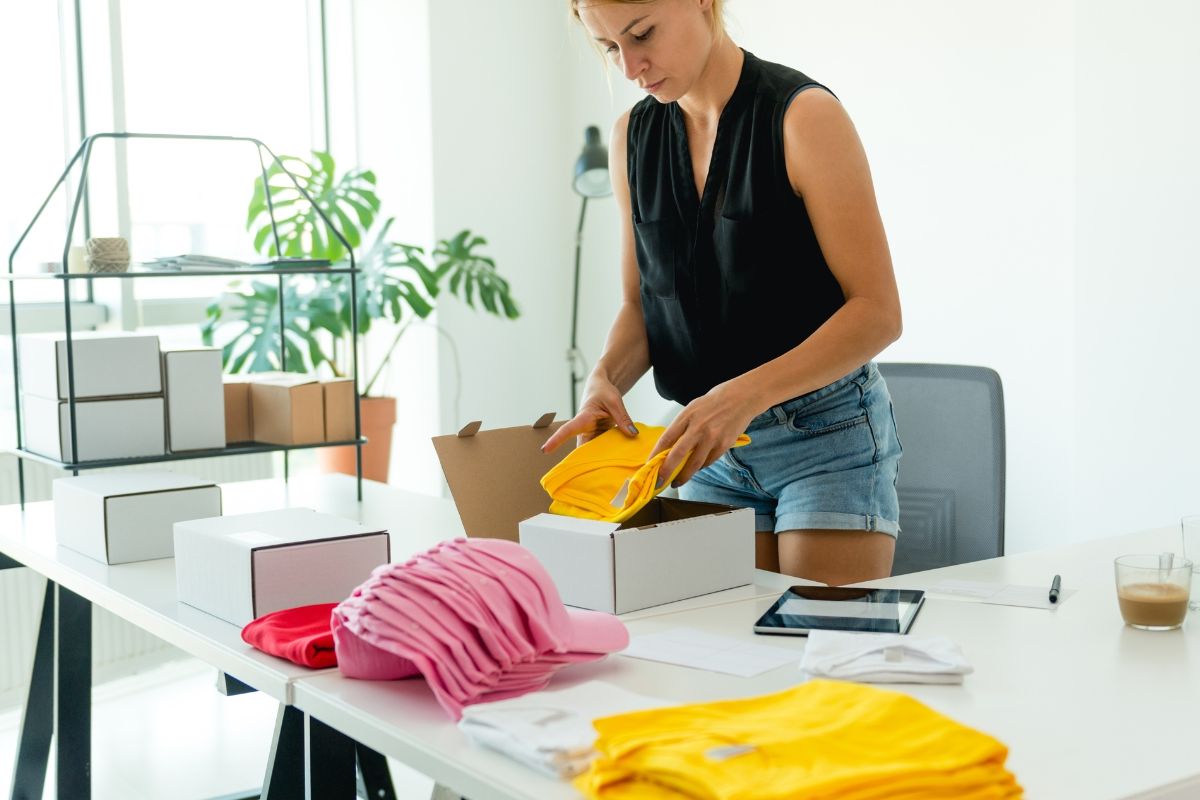
In the journey of developing your brand, creating your merchandise is a pivotal step. It allows you to connect with your audience on a new level while offering them tangible products that represent your channel’s ethos.
Design and Product Selection
When selecting products for your merchandise line, focus on items that reflect your brand’s identity. T-shirts and hoodies are staple items that resonate well with audiences due to their universal appeal and ease of design customization. However, diversifying your range with accessories like caps and tote bags can attract a wider demographic. Ensure your designs align with your brand image, and consider using stickers as a cost-effective, versatile option to boost brand visibility.
Quality and Production
The quality of your merchandise has a direct impact on your brand’s reputation. Invest in durable, high-quality materials to ensure customer satisfaction. For t-shirts and hoodies, opt for comfortable, long-lasting fabrics. It’s crucial to sample your merchandise before full-scale production to guarantee the fit and feel align with your standards. Work with reputable manufacturers who understand your vision and can deliver consistent quality.
Print-on-Demand Services
Print-on-demand services are invaluable for you as a content creator looking to sell merchandise without the risks of inventory. These platforms handle everything from printing to shipping, offering products like t-shirts, hoodies, caps, and tote bags. This model allows for flexibility in design and quantity, aligning with varying audience interests. While it may reduce your profit margins compared to bulk production, it eliminates significant upfront costs and minimizes unsold stock risks.
Setting Up an E-commerce Store
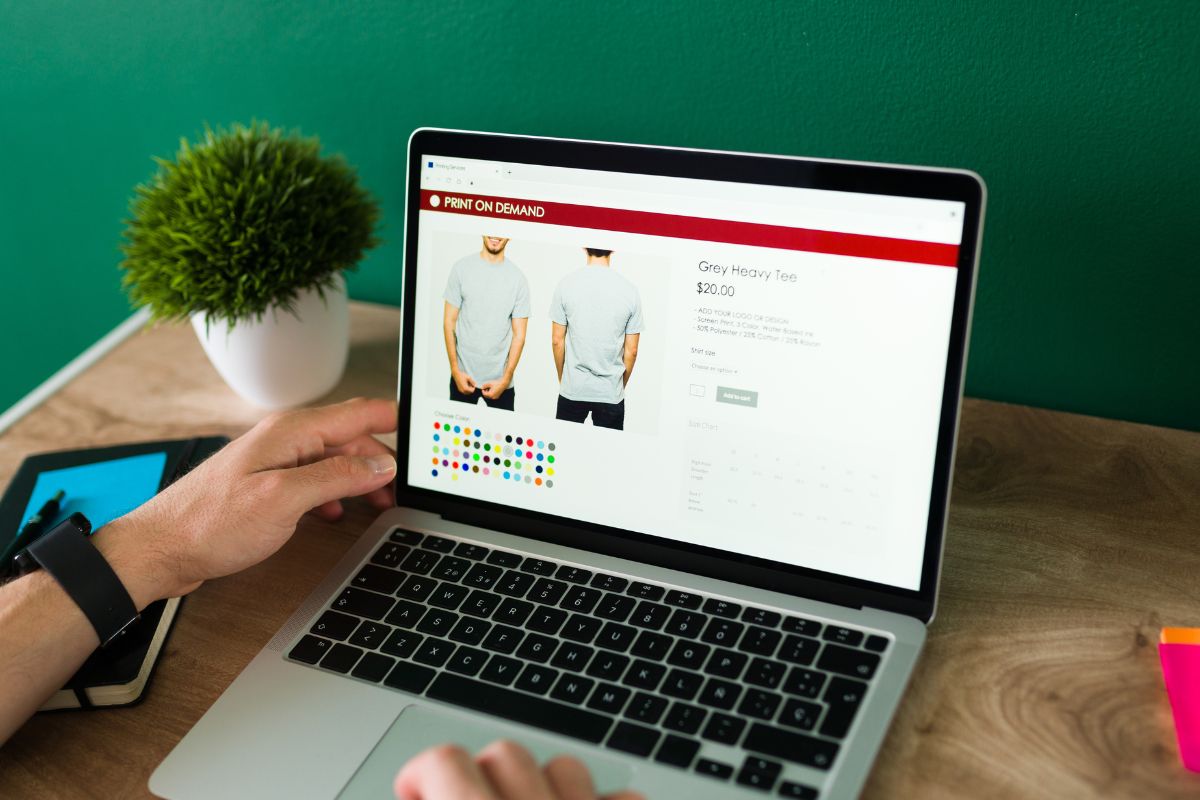
To successfully launch your YouTuber merch, you must select the right e-commerce platform, craft a compelling store design and branding, and implement efficient product management. These foundational steps will set the stage for your online store’s success.
Choosing a Platform
Your choice of e-commerce platform can make or break your merch business. Consider starting with user-friendly options like Etsy for handmade or unique items. However, for more control and scalability, you might opt toward platforms such as Shopify or WooCommerce. These platforms provide you with the tools to build a comprehensive online shopping experience.
Store Design and Branding
Your store’s design should reflect the identity of your YouTube channel. Consistent use of colours, logos, and themes can enhance your branding and make your store instantly recognizable to fans. Prioritize a clean, easy-to-navigate layout with high-quality images and detailed product descriptions. Remember, your store’s appearance can encourage shopping behaviour and foster brand loyalty.
Product Management
Effective product management involves a strategic approach to selecting, presenting, and updating your merchandise. Organize your products into categories and feature popular items. Keep inventory levels synced across all sales channels to avoid overselling. Regularly review and update your catalogue to keep your offerings fresh and aligned with your YouTuber brand’s latest projects.
Marketing and Promotions
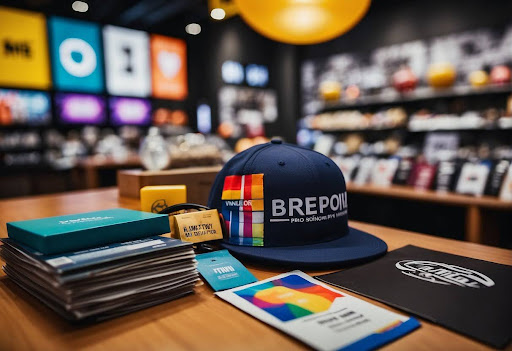
When you launch your merch, the right marketing and promotions strategy is crucial to your success. You need to create a compelling narrative around your products, making sure they resonate with your audience and stand out in the crowded market.
Creating a Buzz
Start by teasing your upcoming merch on your YouTube channel and other social media platforms. To really spark interest, consider a countdown leading up to the release date or dropping hints through sneak peeks of your designs. Initiatives like these can turn a product launch into an event your fans eagerly anticipate.
Leveraging Social Channels
You should utilize all your social channels for a broad-reaching marketing campaign. Create content that showcases your merch in action, using high-quality images or videos of you and your fans wearing or using the products. Remember to optimize your content for each platform to avoid ad blockers and ensure maximum visibility.
Collaborations
Think about teaming up with other YouTubers or bands relevant to your niche for joint promotions. These collaborations can be a powerful way to extend your reach, tapping into the audiences of your collaborators. Whenever you partner on projects, make it a win-win situation by offering value to both parties’ followers.
Success Stories

You might find it intriguing to discover how some YouTubers have transformed their online presence into a merchandise empire. Below, we examine individuals and case studies of YouTubers who’ve capitalized on their brand to create lucrative merchandise lines.
YouTubers Who Excelled
- PewDiePie: As a trailblazer, PewDiePie’s merchandise is widely recognized. His unique designs and personal brand have translated into a successful merchandise line, resonating with millions of fans globally.
- Dude Perfect: With roots in sports entertainment, Dude Perfect has leveraged their audience’s enthusiasm into a diverse range of branded items.
- Smosh: Their comedic brand has birthed an array of products, appealing to a wide audience that appreciates humour in their attire and accessories.
- Markiplier: Known for his gaming content, Markiplier’s merchandise often features bold designs related to his video themes, creating a strong connection with his community.
- VanossGaming: By embracing his gaming persona, VanossGaming has developed merchandise that embodies the aesthetic his Canadian fanbase and beyond have come to love.
Case Studies
- Ninja: The gamer’s pivot from streaming to merchandising exemplifies how a strong personal brand can lead to extensive product lines often seen wearing his signature logo.
- Rhett and Link: As hosts of the popular show ‘Good Mythical Morning’, their variety of merchandise extends their show’s brand into fans’ everyday lives.
- Jenna Marbles: With her relatable personality, Jenna pioneered into merchandise seamlessly, offering products that mirror her fun and quirky style.
- DanTDM: His family-friendly gaming content quickly expanded into merch that appeals to his youthful audience, incorporating eye-catching, colourful designs.
- Zach King: With his magical digital content, Zach King’s merchandise sells not just products but pieces of the wonder his videos inspire.
The sale of YouTuber merchandise not only provides an additional revenue stream but also strengthens the personal connection between creator and community.
Legal and Ethical Considerations

When you launch your own line of YouTuber merch, you must be meticulous about legal and ethical considerations. These elements ensure that your brand is protected and that your operations comply with relevant laws.
Copyright and Trademark Issues
You absolutely need to secure the copyright and trademark for your merchandise. This protects your branding and ensures that the content represented on your merch is legally yours. Here are key points to check:
- Verify that your logo and design are original and do not infringe upon others’ trademarks.
- File for a trademark to protect your brand identity and prevent counterfeiting.
Fair Use and Compliance
Your merch must adhere to fair use laws and compliance regulations. This means:
- Quality: Ensure all claims about your merchandise, like being “environmentally friendly,” are accurate and verifiable.
- Content Usage: If you’re referencing other works, consider whether your use qualifies as fair use by evaluating:
- Purpose: Is it for commentary, criticism, or education?
- Nature: Is the original work factual or creative?
- Amount: Are you using only what is necessary?
- Effect: Does your use of the work impact its market value?
Keep these considerations at the forefront to navigate the complexities of merchandising ethically and legally.
Analyzing Performance
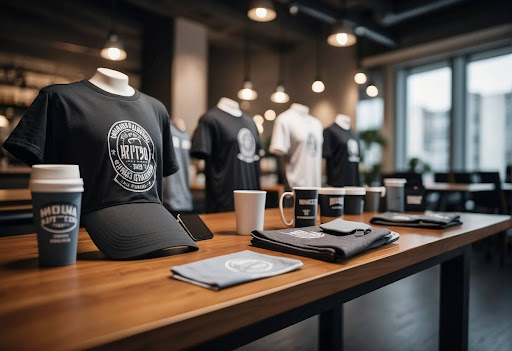
When you release merch as a YouTuber, it’s crucial to track its performance to understand sales trends, gather customer feedback, and identify areas of improvement. Your ability to adapt your merch strategy can significantly affect your brand’s success and longevity.
Sales Metrics
To measure the sales performance of your merch, closely monitor key metrics such as:
- Total Sales: The aggregate number of items sold over a specific period.
- Sales by item: A breakdown of quantities sold per product, showing what’s popular.
- Revenue: Total income before expenses from merch sales.
- Conversion Rate: The percentage of visitors to your merch store who make a purchase.
By examining these metrics, you gain insights into the effectiveness of your selling strategies and the demand for your products.
Customer Feedback
Customer feedback is an invaluable component of your merch performance analysis. Pay attention to:
- Ratings and Reviews: Look for patterns in what customers say about your merch. High ratings often correlate with quality and satisfaction.
- Return Rates: A high number of returns may indicate issues with size, quality, or expectations.
- Social Media Mentions: Positive or negative sentiments shared on platforms can affect brand perception.
Listening to customer feedback allows you to understand the consumer experience and what drives their purchasing decisions.
Adjustments and Improvements
Your findings from sales metrics and customer feedback should inform your adjustment strategy:
- Product Updates: Modify your merch based on what items are selling and the feedback received.
- Marketing Tweaks: Adjust your promotional tactics to target the most engaged audience segments.
- Quality Enhancements: Invest in higher quality materials or production methods if customer feedback indicates dissatisfaction with the current quality.
Addressing these areas will help optimize your merch offerings and ensure sustained sales success.
Future of YouTuber Merchandising
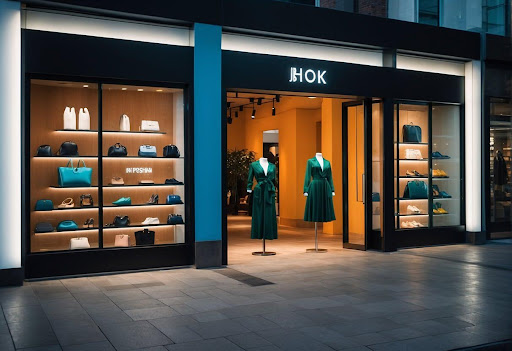
In the evolving landscape of YouTuber merchandising, you will likely see a blend of innovation and emerging trends on various platforms that set the stage for future developments.
Firstly, expect personalized merch to grow extensively. Artificial intelligence may be used to customize products to your interests, leading to a more personal connection with your favourite YouTubers. You could have merch specifically tailored to your taste or even featuring your name or preferred design elements.
Another trend is the integration of augmented reality (AR) in merchandising. Imagine pointing your phone at a t-shirt and seeing it come to life with interactive content. This could be a video greeting from the YouTuber or exclusive digital content accessible only through the merch.
Table: Potential Advancements in YouTuber Merchandising
| Innovation | Description |
| AI Customization | Personalized product designs that adapt to consumer preferences. |
| AR Integration | Merch that offers an interactive experience through AR technology. |
| Eco-friendly Options | Increased availability of sustainable and environmentally friendly merchandise. |
The platform for selling merch will keep evolving, with direct integration in video content and streamlined e-commerce experiences. For example, clickable links embedded in videos that lead directly to online stores may become more prevalent, making it incredibly convenient for you to purchase items as you watch.
Lastly, sustainability is a growing concern. There will likely be a rise in eco-friendly merch options as YouTubers and consumers alike become more environmentally conscious. You can expect a push towards using organic materials and ethical manufacturing practices.
Stay informed, as these advancements in YouTuber merchandising could reshape the way you support and interact with content creators.
Frequently Asked Questions
When exploring the world of YouTube, you’ll find that merchandise plays a pivotal role in both fan engagement and creator economy. Here’s what you need to know about YouTuber merchandise.
What are some popular YouTuber merchandise items?
Popular items include clothing with catchphrases, personalized accessories, and exclusive collectables. These items often reflect a YouTuber’s brand or content, like the YouTube vlogger merchandise that includes branded hoodies and hats.
Which YouTuber has achieved the highest sales of their merchandise?
Several YouTubers have achieved significant merchandise sales. For example, personalities such as Jake Paul, PewDiePie, and KSI have turned their YouTube fame into lucrative merchandising businesses, with sales enabling lavish lifestyles, including living in mansions.
How do YouTubers generally produce or source their merchandise?
YouTubers typically partner with merchandise companies or use e-commerce platforms that specialize in on-demand printing and fulfilment. This collaboration allows them to design and sell merchandise without managing the production and shipping process themselves.
Do fans frequently purchase merchandise from content creators on YouTube?
Yes, fans frequently purchase merchandise from their favourite YouTubers. This is a common way for fans to support creators, often motivated by a sense of community

